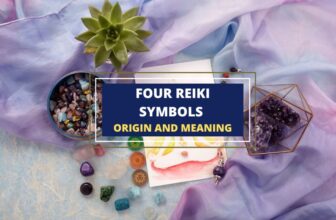
Table of Contents
The sun, the moon, and the seasons are only some of the things that people, throughout history, have used to measure and represent time.
It’s only natural that this uncontrollable circumstance of our existence has led many cultures to create symbols of time.
In this article, we’ve put together 21 powerful symbols of time and the meanings behind them.
1. Sun

As mentioned earlier, the sun is an almost eternal symbol of time. This was also the case back in Ancient Egypt, where sundials were used to keep track of time by using an obelisk that would cast a shadow in certain directions depending on the time of the day.
This is how Egyptians were able to divide the day into a set of hours, which allowed them, and other cultures, to become more organized. The reason for this is that tracking time with sundials helped them to schedule activities throughout the day.
2. Moon

All the early civilizations were able to use the moon and its different shapes as a guide to know when a significant amount of time had passed, whether it was a month or a whole season.
The tracking of the phases of the moon allowed people to create a lunar calendar that helped ancient civilizations to know when seasonal changes would occur. So, looking up at the sky and seeing the moon was one of the most accurate methods of keeping time.
3. Seasons

The seasons symbolize that a significant amount of time has passed. It didn’t matter if the region had tropical weather or the four seasons, many ancient civilizations all around the world understood that the seasons were a symbol of the passage of time.
Interestingly enough, there’s evidence that civilizations from as far back as the ones from the Neolithic period were aware of the seasons and developed strategies and festivals to prepare for the changes that a season brought with it.
4. Orion’s Belt
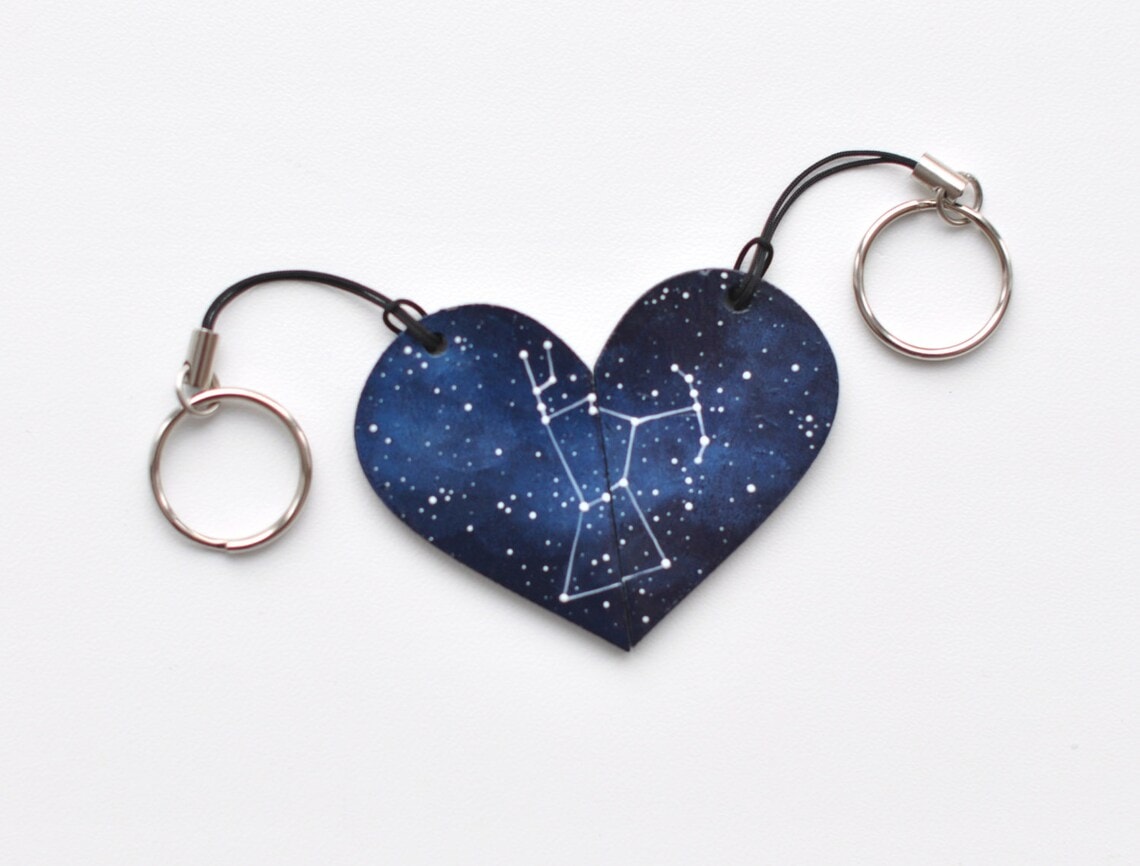
Orion’s Belt is a prominent asterism in the night sky, consisting of three bright stars located in the constellation Orion. Throughout history, different cultures have interpreted Orion’s Belt in various ways, including as a symbol of time.
One interpretation is that the alignment of the three stars represents the three stages of life: birth, life, and death. Others see the Belt as a celestial clock, with the stars marking the passage of time and the changing of the seasons.
The ancient Egyptians also associated Orion’s Belt with their god Osiris, who was believed to have been resurrected after death, linking the Belt to themes of rebirth and renewal.
5. Chronos
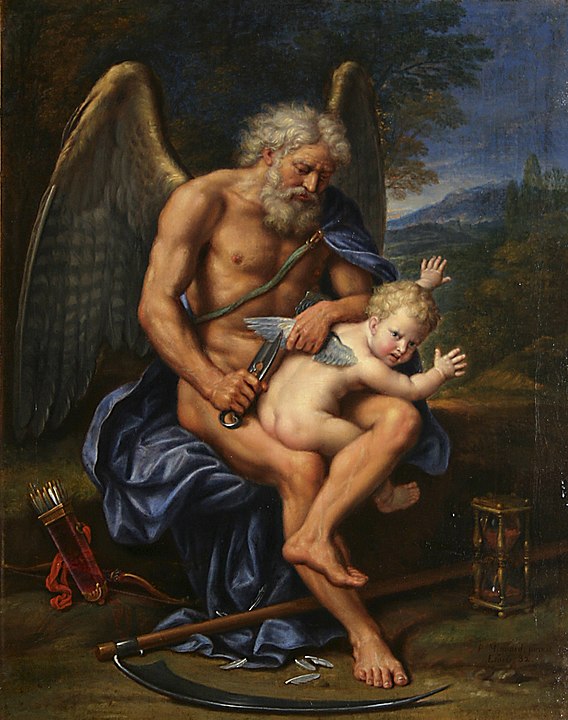
In Greek mythology, Chronos is the personification of time and is often depicted as an old man with a long beard and a scythe or hourglass. He is the father of Zeus and the other Olympian gods, and his name is the root of words such as “chronology” and “chronometer”.
As a symbol of time, Chronos represents the unyielding and impartial nature of time, which relentlessly moves forward without regard for individual lives or events. In art and literature, he is often portrayed as a grim figure, underscoring the inevitability of the passage of time and the fleeting nature of human existence.
6. Sand

Sand can be interpreted as a symbol of time in several ways. One way is that the tiny grains of sand represent the countless moments that make up the passage of time, with each grain representing a single moment or event.
Additionally, sand can represent the impermanence of time, as sand dunes can be formed and erased by the forces of wind and water, much like how memories and moments can be lost over time.
The hourglass, a device used to measure time, also employs the use of sand, with the amount of sand that flows through the narrow opening representing the amount of time that has passed.
7. Letter ‘T’

Scientists realized that knowing how to measure time was of utmost importance to be able to make theories, equations, and experiments. In science, the letter ‘t’ is often used to represent time as a variable or parameter in mathematical equations and formulas.
For example, in physics, the time variable ‘t’ is used in equations related to motion, such as distance equals velocity times time (d=vt) or acceleration equals change in velocity over time (a = Δv/Δt). In chemistry, the time variable ‘t’ can be used to represent the rate of a chemical reaction or the time it takes for a reaction to occur.
8. Stonehenge
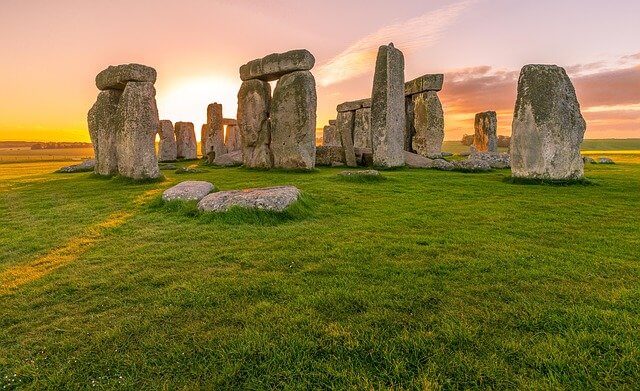
Stonehenge is a prehistoric monument located in Wiltshire, England, and is believed to have been constructed around 2500 BCE. While its exact purpose is still unknown, it is widely believed to have been used as a site for religious and ceremonial activities, and many interpretations see it as a symbol of time.
The alignment of the stones with the movements of the sun and the moon suggests that Stonehenge was used to mark important dates in the solar and lunar calendars, such as the solstices and equinoxes. Therefore, it represents the human desire to understand and measure the passage of time and the cycles of nature.
9. Calendars

Calendars are used to organize and measure the passage of time, with specific dates marked to indicate days, weeks, months, and years. They are essential tools for scheduling and planning events, and for tracking the passage of time.
Different cultures and civilizations have developed various calendar systems, each with their own unique symbols and meanings. The Gregorian calendar, which is widely used in the Western world, is based on the cycles of the sun and is used to mark the passage of years.
10. Immortality

Immortality can be seen as a symbol of time in the sense that it represents an attempt to escape or transcend the limitations of time and mortality.
Immortality refers to the state of living forever or never dying and has been a concept explored in various cultures and mythologies throughout history.
In some cases, immortality is achieved through supernatural means, such as the Greek gods who were believed to be immortal, or through the attainment of spiritual enlightenment or transcendence.
Therefore, immortality represents a human desire to overcome the limitations of time and achieve a state of existence that is not subject to the passage of time or the inevitability of death.
11. The Wheel of Time
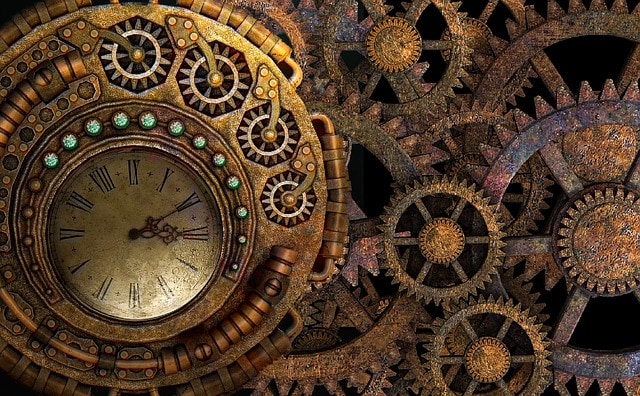
The Wheel of Time is a symbol used in many cultures and spiritual traditions to represent the cyclical nature of time and the eternal nature of existence. The wheel is often depicted as a circle divided into segments, with each segment representing a different stage of the cycle of life, death, and rebirth.
The Wheel of Time can also represent the continuous movement of the universe and the interdependence of all things. In some cultures, the Wheel of Time is associated with the concept of karma, with actions and intentions in one life leading to consequences in future lives.
12. Infinity
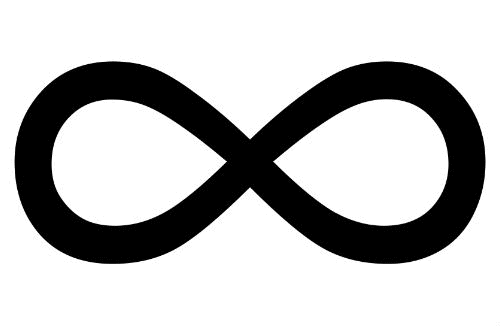
The concept of infinity is often used to describe something that is without limits or boundaries, and can be interpreted as representing the timeless or eternal nature of existence.
In mathematics, infinity is often used to describe endless sequences or the unbounded nature of certain values. In philosophy and spirituality, infinity is sometimes used to describe the transcendent or divine nature of existence that is beyond the limitations of time and space.
13. Clocks
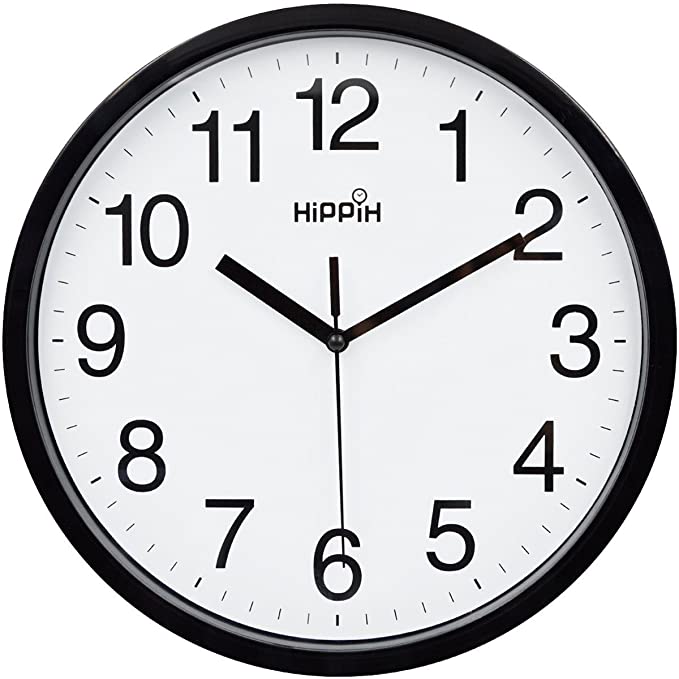
Clocks are used to measure and track the passage of time, with specific markings indicating hours, minutes, and seconds. They’re an essential tool for scheduling and organizing our daily lives and are found in a variety of forms, from traditional analog clocks with hands to digital clocks on electronic devices.
The ubiquity of clocks in our modern world has made them a cultural symbol of time, representing our human understanding and measurement of the passage of time. Clocks also have symbolic significance in various cultural and spiritual traditions, often representing the importance of time management and the transience of human existence.
14. Scythe

The scythe is a tool used for cutting crops or grass, and its sharp blade and sweeping motion have made it a popular symbol in various cultures and mythologies to represent the passage of time and the inevitability of death.
In many depictions, the scythe is held by a figure representing death, who uses it to reap souls and usher them into the afterlife. The scythe is also a symbol associated with the harvest season, representing the cyclical nature of life and the changing of the seasons.
15. Pendulum

A pendulum is a weight suspended from a fixed point that swings back and forth under the influence of gravity, and it has been used in various ways throughout history to measure the passage of time.
The swinging motion of the pendulum represents the cyclical nature of time, with each swing marking the passing of a fixed unit of time, such as a second or a minute.
The pendulum has also been used symbolically in various cultural and spiritual traditions to represent the balance and harmony of the universe, with the rhythmic swinging motion reflecting the natural rhythms and cycles of existence.
16. Merkhet

The merkhet is an ancient Egyptian astronomical instrument consisting of two wooden stakes and a taut string used to measure time and the movement of celestial bodies. It was used to align buildings with the stars and to determine the direction of the Nile River, as well as to measure time by observing the positions of certain stars and constellations.
The use of the merkhet demonstrates the importance of timekeeping and astronomical observations in ancient Egyptian culture, as well as their advanced understanding of the movement of the stars and the cyclical nature of time.
17. Arrow
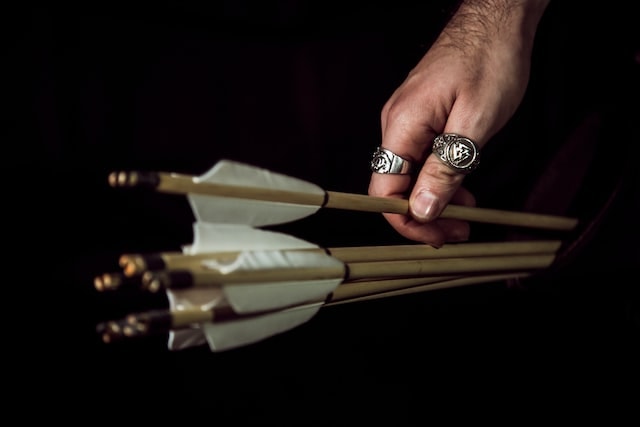
Arrows are often associated with movement and direction, and the act of shooting an arrow can be interpreted as representing the forward movement of time.
In some cultural and spiritual traditions, arrows are used to symbolize the passage of time, with each arrow representing a unit of time that has passed or a moment that has been experienced.
Arrows are also associated with the cyclical nature of time, with some cultures depicting a circle of arrows to represent the ongoing movement and repetition of time.
18. Water

The movement of water, such as the flow of a river or the ebb and flow of the tides, can represent the cyclical nature of time and the continuous passage of moments.
In some cultural and spiritual traditions, water is associated with the concept of time, with bodies of water representing the past or the future, and the surface of the water representing the present moment.
Water is also a potent symbol of change, with its transformative properties reflecting the ongoing transformation and evolution of existence over time.
19. Candles

As the flame of the candle burns, it consumes the wax and gradually diminishes in size until it eventually goes out. This process is a powerful reminder that time is constantly moving forward and that every moment we have is precious.
Candles are often used in rituals and ceremonies to mark the passage of time, from birthday candles to the lighting of candles during religious observances. The flickering flame of a candle also represents the impermanence of life and the importance of savoring every moment while we can.
20. Metronome
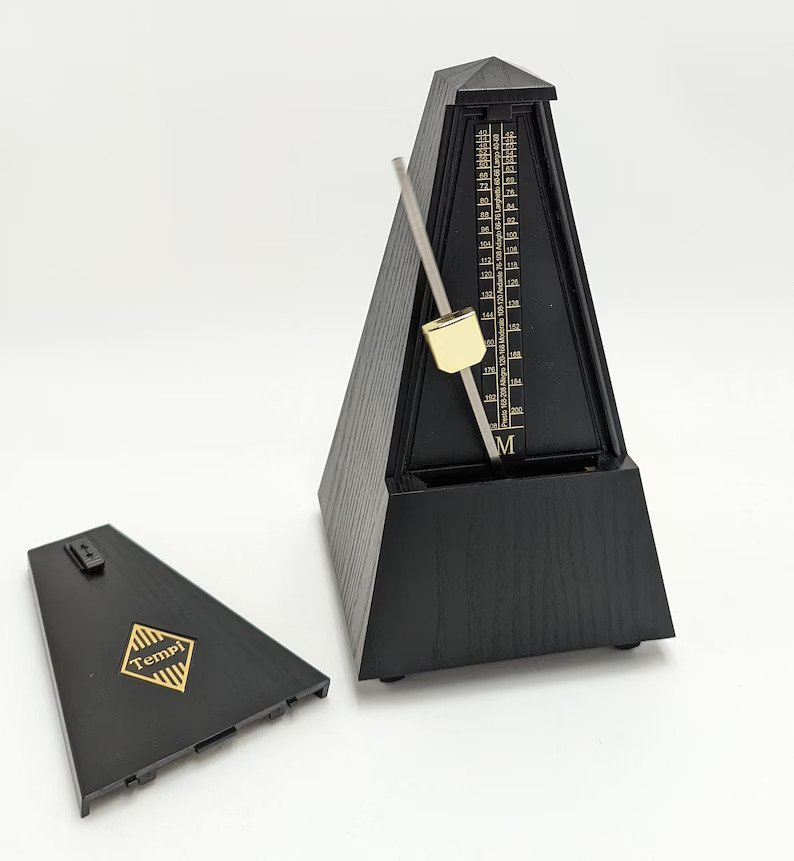
A metronome is a device used in music to regulate the tempo and pace of a piece of music by producing a regular, steady beat. The metronome’s ticking sound and constant motion symbolize the passage of time and the measurement of time in a musical performance.
Musicians use the metronome to keep time and maintain a consistent tempo throughout the piece, reflecting the importance of timekeeping in music and the use of musical rhythm to express the cyclical nature of time.
21. Yin Yang

The Yin Yang is a symbol from Chinese philosophy and religion that represents the duality and interconnectedness of all things. The symbol consists of two interlocking shapes, one black and one white, representing the opposing but complementary forces of Yin and Yang.
The cyclical nature of the Yin Yang symbol, with the two halves continually flowing and transitioning into one another, can be interpreted as a representation of the passage of time and the ongoing cycles of existence.
Additionally, the Yin Yang represents the balance and harmony of the universe, with the interplay of opposing forces reflecting the natural rhythms and cycles of life.
Wrapping Up
Symbols of time serve as powerful reminders of the passage of time and the importance of making the most of every moment. Whether we’re marking the passing of another year, keeping time in music, or simply taking a moment to reflect on our lives, these symbols help us appreciate the fleeting nature of our existence and encourage us to cherish the present moment.
By embracing these symbols and the lessons they teach, we can live more mindfully and make the most of the time we have.
Similar articles:
Top 10 Symbols of Grace and What They Mean
11 Powerful Symbols of War and Their Meanings







